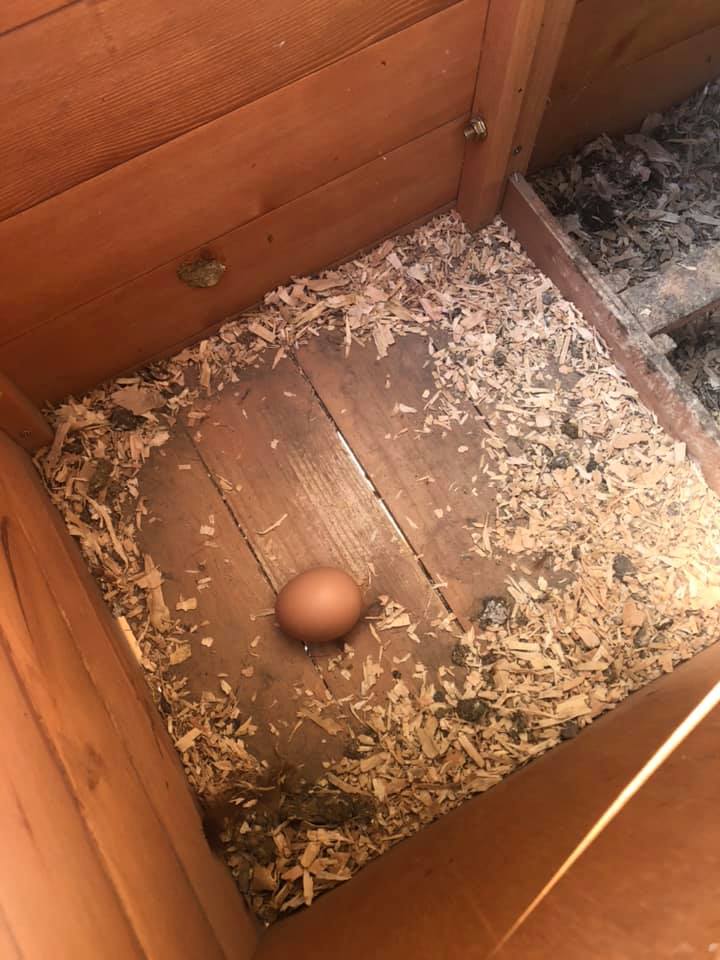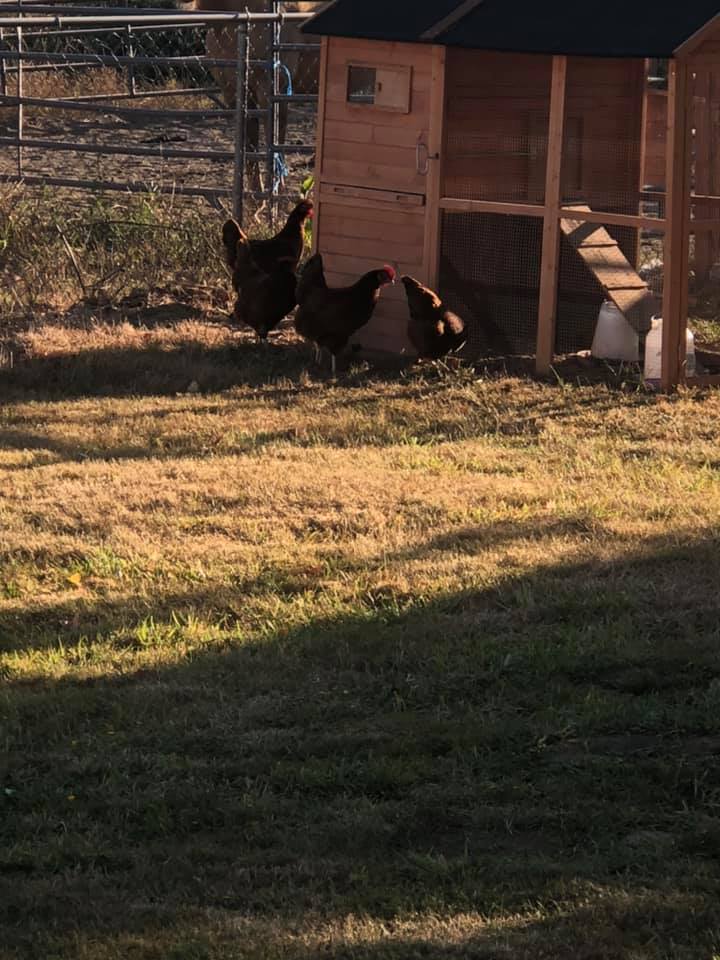I’d rather hear chickens clucking and roosters crowing than sirens, and horns honking.
Unknown
Did you get in on the rush of chicks this Spring? If not there is still time! I will say though, the chick rush has been real. I didn’t plan on adding chicks this year but I checked the lists at my local feed stores just in case, and what I saw was a bit shocking. Lines of people being handed out numbers which were later called so they could pick their chicks, chicks selling out within minutes of arriving from the post office, chick prices soaring, and hatcheries running out altogether. Chick madness!
Now, I was raised with livestock, but chickens were not something we had at our home. When we decided a couple years ago to get chicks, I was overwhelmed and made it much more difficult than it needed to be. Of course I did… if you know me you can laugh now. Here’s the good news- chickens are not complicated creatures. They are actually quite simple. There were several things that I wish I would have known before bringing our first gals home, so I thought I would share with you just in case you were lucky enough to get your number called and you have some chicks of your own now.
The Wait For Eggs
While it does vary slightly based on breed, most hens take 18-20 weeks to lay their first eggs. This means you will have a few months of feed into your flock before you get any kind of return.

Their first eggs are also very small, and will get larger as the hen matures. Sometimes, because their bodies are still figuring out what to do, the first eggs will be misshapen or have some impurities on them like a small calcium deposit. These eggs are still perfectly good to eat, so don’t be alarmed! In the beginning of your hen’s egg laying journey, she will likely be inconsistent as well. Our first hens were Rhode Island Reds, which are great layers and lay about an egg per day per hen, however in the beginning they laid 1-2 eggs per week. They are very consistent nowadays, and we have SO many eggs.
Chicken Math
Yes, chicken math. I laughed the first few times I heard this term, but my friends it’s real. I started with four hens and thought, “We don’t use a ton of eggs, so four chickens is more than enough.” Ha! Four turned into fifteen really quick, and just this past weekend we added two more for no logical reason other than they were beautiful. Did you do the math? We now have seventeen hens…. chicken math.
Our first coop was a small kit coop that we purchased. It was rated the perfect size for 4-6 hens, but as our hens grew it was clear it was much too small. (This was when we still had the four original hens only.) We ended up building them a small run off the run that came with the coop to give them more room, and now we have a large coop that came with our homestead and a large run… and a lot more hens.
Coops and Runs
Speaking of coops and runs, they will make an absolute mess out of the run, They dig holes to take dust baths in, the eat the grass, and they scratch up the earth to get to those tasty bugs that they love. I have mine in a place that is all for them to do what they please with, however if you have a smaller space and plan on having your hens in your backyard, this is something to consider. This should also be on your radar if you plan to free range your hens… your flower beds will be open for hunting.
I had no clue that I would have to train my hens either. The first night they slept outside, I wandered out to lock them into their coop and they were all sleeping on the ground in the run. Why?! You will have to go out and carry them into the coop and help them find the roost bars for a week or so, but they will eventually figure it out. My first trip out to the back yard to find our little hens sleeping inside made me do a happy dance.

When you are working on your coop, whether you buy a kit or build your own, make sure to position your nesting boxes in a private area. The ladies like to be left alone while they are laying their eggs, and I don’t blame them! You will need one box for every four or five hens.
Molting
I had heard of hens molting, but ours didn’t molt their first winter. I had no clue that was normal. The second winter is when they will molt for the first time, and it is WILD! They loose a ton of feathers and it is alarming to see… they also stop laying. Molting is hard on their bodies, and they need to focus their energy on growing their new feathers, not egg production.
Last Little Tidbits
Probably the most important thing you can do before starting your chicken journey is to check the rules where you live. If you are in city limits or in an HOA, there are almost definitely rules on how many chickens you can have, if you can have any at all. Roosters are usually not allowed at all. It would be devastating to invest all of that time and money, plus the attachment to your girls, to be told you have to rehome them due to an ordinance.

And for the hardest part of chicken ownership- the end. You will want to come up with a plan for your gals when they are done laying. I read that the best way to keep your home in fresh eggs is to replace one third of your flock every couple years. This means if you don’t get rid of the non-producers and your adding new, that chicken math thing happens REALLY fast. My plan is to have millions of chickens running around because I can’t bring myself to cull them, however I know that’s not going to work for everyone. I just encourage you to have this plan in place in the beginning so that when they time comes, you will have already made up your mind. There are many options that don’t involve you butchering them yourself, such as taking them to an auction, rehoming them on social media, or just having hundreds of hens!
Happy chick season friends, and welcome to the crazy chicken people flock!
~Tara